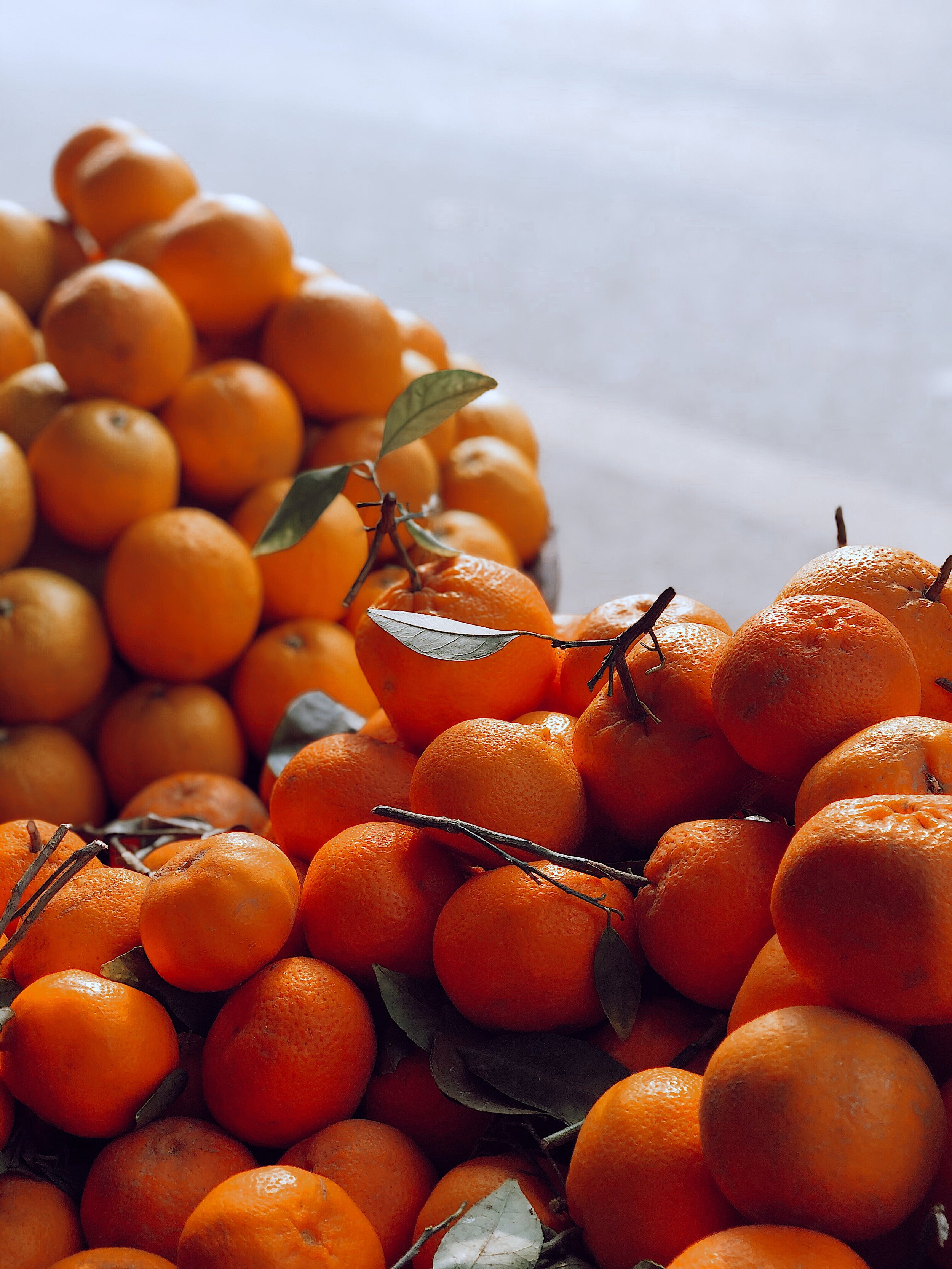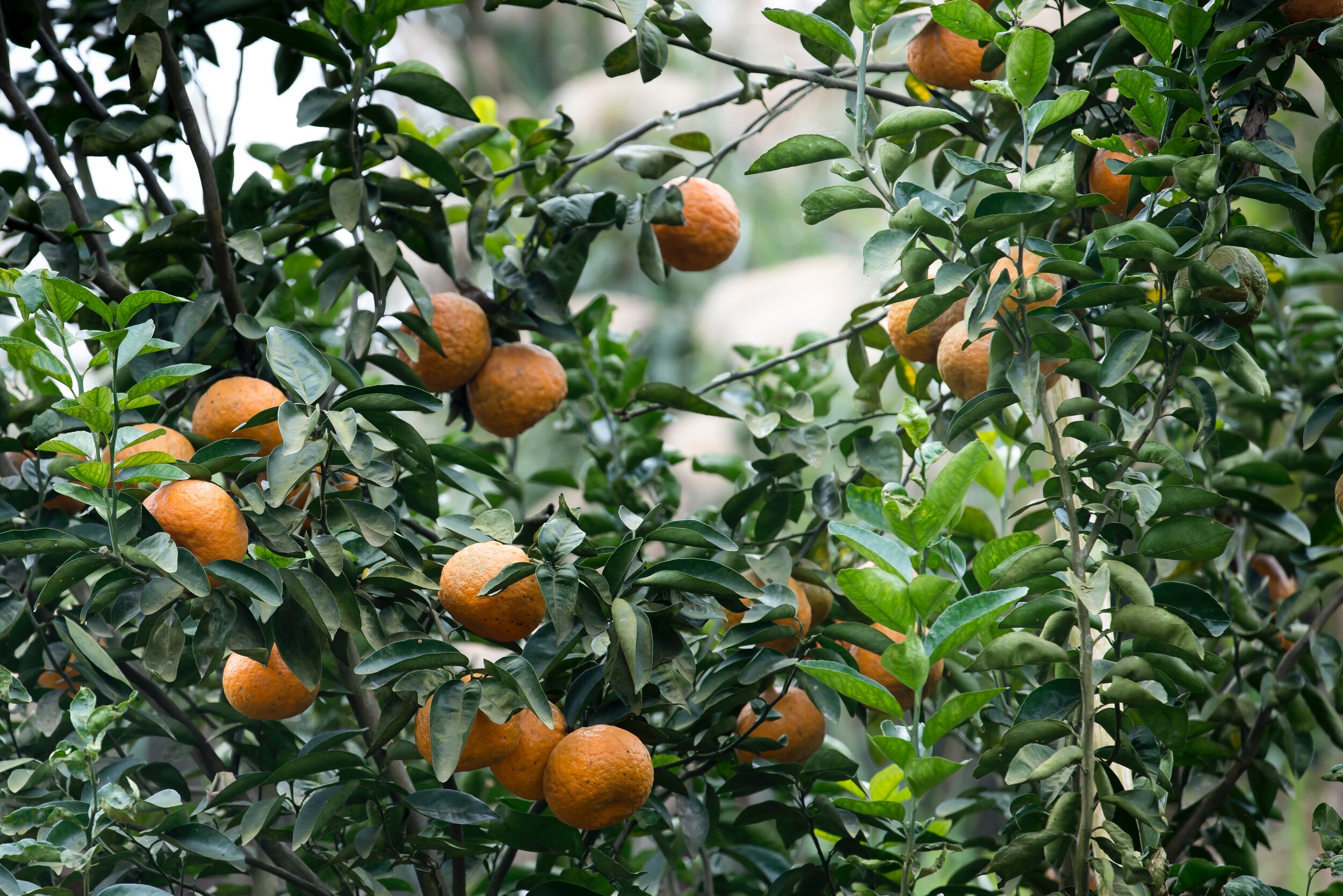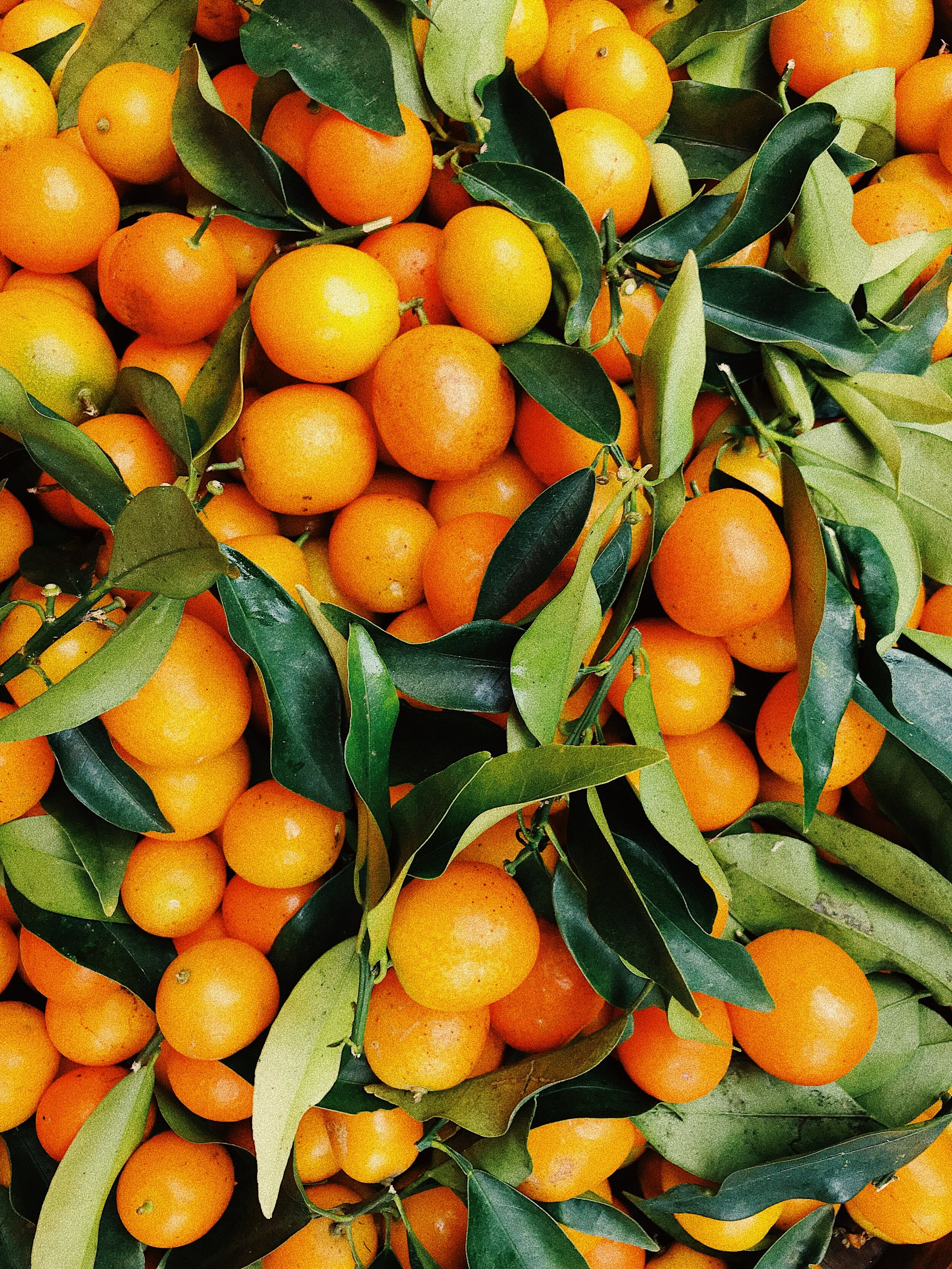THE BIG ORANGE – THE BIG BANG By David Boulé
THE BIG ORANGE – THE BIG BANG
By David Boulé
In the late fifteenth century, Spanish author Garci Rodriguez del Montalvo wrote a best-selling fantasy novel titled Las Sergas de Esplandian (The Exploits of Esplandian). In it the hero visits an island named for Queen Califia, an imposing Amazon. Historian Kevin Starr beautifully captured this collision of fantasy and history when he said, “California entered history as a myth.” This myth – of California as a kind of new Arcadia – was enormously enhanced by the introduction of the orange.
There were no oranges in California before Franciscan padres planted seeds they brought with them in 1769, as they journeyed up from Baja California. During the first century of orange cultivation in Alta California nearly all the orchards were made up of seedling trees, most descended from the trees brought here and nurtured at the missions. But by the 1870s California nurserymen were introducing budded varieties from around the world. Of the hundreds tried only a few were found to have real value over “native” trees. But that would soon change dramatically.
Original navel tree postcard
The importance of the “King of California Oranges” was recognized early, and extensive efforts have been made to preserve the one surviving original tree. Moved to a park in 1902, experts from the University of Riverside’s Citrus Research Center and Agricultural Experiment Station have repeatedly grafted fresh rootstock and employed other exceptional methods. It can be seen today at the corner of Magnolia and Arlington Avenues in Riverside.
David Boulé California Orange Collection, Special Collections, The Claremont Colleges Library.
Citrus mutates readily – sometimes several varieties can exist on a single tree – and hybridizes easily. For centuries, growers noticed that orange trees would occasionally spontaneously produce individual fruit different from the rest of the tree, with fewer or more seeds, a thicker or thinner skin, a sweeter or more sour taste.
Fan of 3 postcards
At the turn of the last century, most Americans had never seen an orange. California’s agricultural abundance, mild climate and picturesque architecture fascinated the rest of the country, who could only dream of a place where oranges grew at the foot of snow-topped mountains.
David Boulé California Orange Collection, Special Collections, The Claremont Colleges Library.
One such mutated variety was cultivated in Goa and Portugal and later transplanted to the Portuguese colony Brazil. In the early 1870s cuttings of this tree were sent to the U.S. Department of Agriculture by a missionary from the United States.
Eliza Tibbets
At about this same time Eliza Tibbets, a recent East Coast transplant to southern California, wrote to the department asking for recommendations of what to plant on her new property in Riverside, California. The potential of California for agricultural abundance had long been recognized, but exactly what might be most successful was still an ongoing experiment. Described by her biographer as “bright, alert, vivacious—full of charming personality,” Eliza Tibbets moved to California in the 1870s as part of a wave of idealistic settlers hoping to create progressive new communities. Like John Chapman, better known as “Johnny Appleseed,” Eliza was brought up in the Swedenborgian or New Church, which encouraged civic engagement and actions that might improve the lives of people. And like Johnny Appleseed, Eliza played a major role in the creation of vast fruit orchards. Who says you can’t mix apples and oranges?
David Boulé California Orange Collection, Special Collections, The Claremont Colleges Library.
Tibbets embodied much of what California promised and became. She was curious and a free thinker; she was committed to her ideals and full of contradictions; she was a doer and doing her best just to get by. Born to a Cincinnati family of Republican abolitionists, Eliza married three times and divorced twice, adopted an African-American child, lived in New York City where she was a practicing spiritualist, marched with Fredrick Douglass in 1871 to petition for women’s right to vote, and attempted with her third husband, Luther, to establish an integrated, egalitarian community in post-Civil War Virginia. All before moving to California.
Eliza and her husband were part of a wave of idealistic settlers hoping to create progressive communities in California. When the Department of Agriculture sent Eliza two samples of this promising orange variety, budded to robust rootstalks, Eliza and Luther drove their buckboard for three days from Riverside to Los Angeles to pick up the fragile trees.
Once planted in her front yard, Eliza watered them with dishwater. Several years later, during the 1875-76 growing season – Washington navels ripen in the winter – the trees produced their first fruit. Three years later this exceptional new variety of orange won first prize at the Southern California Horticultural Fair. The rapidly expanding California citrus empire immediately embraced the Washington navel orange.
The original two trees in Eliza’s front yard became famous and valuable. The couple made a comfortable living selling cuttings from their two parent trees at a dollar a piece, earning as much as $20,000 one year, an astonishing sum in the 1880s.
Giant navel on RR car
Navel oranges were big in California.
David Boulé California Orange Collection, Special Collections, The Claremont Colleges Library.
By the 1904-05 growing season, 31,422 railroad carloads of Washington navel oranges were shipped out of California to the rest of the county. By 1920, oranges – led by the navel orange – were the second largest generator of revenue in California, behind only oil.
On May 7, 1903, President Theodore Roosevelt helped transplant one of Tibbets’ original navel orange trees to the front of the Mission Inn in Riverside. But the tree died not long after. In 1932, the California Chamber of Commerce selected the surviving parent navel orange tree to be among the first group to receive California Historical Landmark status. The tree and plaque are still there, at the corner of Magnolia and Arlington avenues.
In a twist of fate, disease wiped out the entire variety of this navel orange in Brazil in the 1930s. As a goodwill gesture by U.S. growers they sent cuttings from the offspring of the Tibbets’ parent navel orange to Brazilian growers, which allowed the Brazilians to replenish their orchards. Today the Washington navel is grown around the world, and every Washington navel tree alive is a direct, identical budded descendent of those first two trees sent to Eliza Tibbets.
CA navel orange
For centuries, growers notice that orange trees would occasionally, spontaneously produce individual fruit different from the rest of the tree, with fewer or more seeds, a thicker or thinner skin, a sweeter or sourer taste. One such variety was cultivated in Goa and Portugal and later transplanted to the Portuguese colony, Brazil. It was from this variety that the Washington navel evolved.
David Boulé California Orange Collection, Special Collections, The Claremont Colleges Library.
California continues to grow an enormous quantity of Washington navels, 81 million cartons during the 2014-15 season. But even in those numbers it is no longer one of the state’s economic powerhouses, having been supplanted by new bonanzas like aerospace and Silicon Valley. But the Washington navel is still the king of oranges: large and exceptionally juicy, rich in flavor, with a deep-orange skin that is easy to peel.
The introduction of this especially large and flavorful orange transformed just about everything in California – from the state’s economy to its image. A California orange grower said in 1870, “People tell large stories about oranges, but truth is big enough.” And the truth is that the orange – especially the Washington navel – started California’s second gold rush and pushed the Golden State into becoming the economic, cultural powerhouse it is today.
Something to think about the next time you enjoy a beautiful, healthy, delicious California orange.
David Boulé Bio
A third generation Californian with family history in both the southern and northern parts of the state, David has a lifelong fascination with the history, culture, achievements and uniqueness of the Golden State. For decades he scoured paper ephemera shows, flea markets, antique stores, the Internet, libraries, museums and bookshops to collect items and information relating to the California citrus industry. A career in marketing communication gave him particular interest and insight into how the orange helped enhance the popular image of California as a place of plenty, potential, and personal opportunity.
David has been profiled, and his collection featured, on KCET, in the Los Angeles Times, LA Magazine and on KPCC. His book, The Orange and Dream of California, was published in 2014 by Angel City Press - https://www.angelcitypress.com/products/orng . In 2017 he donated his collection of California citrus materials to The Claremont Colleges Library. And in 2018, David was awarded L.A. Subject’s “Avery Clayton Spirit Award” in recognition of his “passionate dedication and enthusiasm in bringing LA history to the world.”











